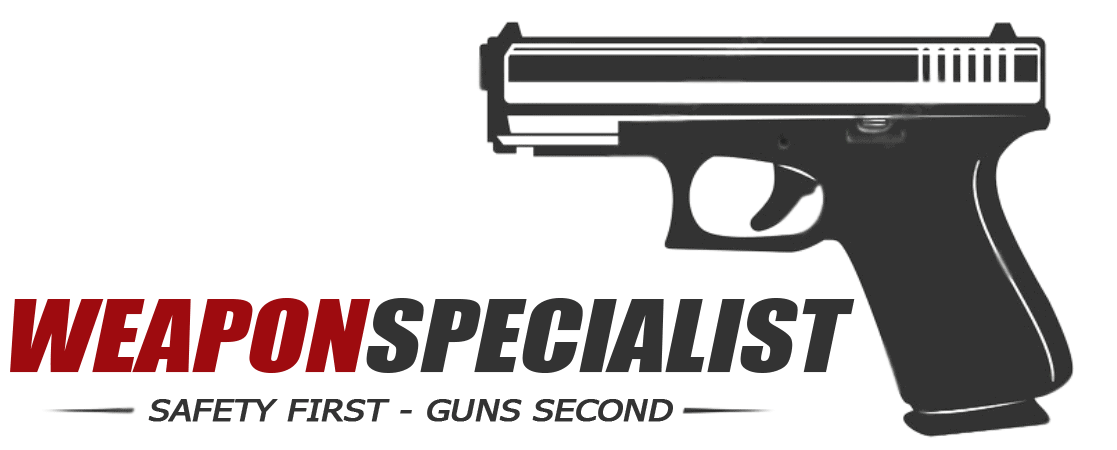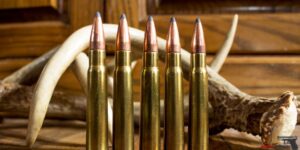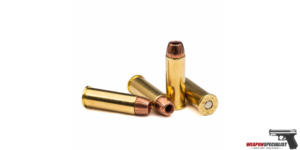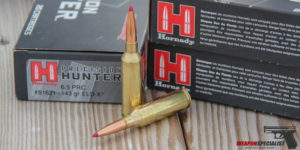The debate between 7.62 vs 30-06 has been ongoing for decades. Both cartridges have a rich history and have been used extensively in various conflicts.
The 30-06 cartridge was first introduced in 1906 and was used by the US military until it was replaced by the 7.62 NATO cartridge in the 1950s.
The 7.62 cartridge was developed in the 1950s as a replacement for the .30-06 cartridge. Both cartridges have their pros and cons, and choosing the right one depends on the intended use.
The 7.62 and 30-06 cartridges are both popular among hunters and shooters. The 30-06 is known for its accuracy and long-range capabilities, while the 7.62 is known for its stopping power and versatility.
The 30-06 is a larger cartridge and can handle heavier bullets, making it ideal for larger game. On the other hand, the 7.62 cartridge is more versatile and can be used in a variety of firearms, including rifles and machine guns.
When it comes to military applications, the 7.62 cartridge has been the standard for many years. It is used in various firearms, including the M14 and the M60 machine gun.
The 30-06 cartridge, on the other hand, was used extensively in World War I and World War II but has since been replaced by the 7.62 cartridge in most military applications. Despite this, the 30-06 cartridge is still used by some military snipers due to its long-range capabilities.
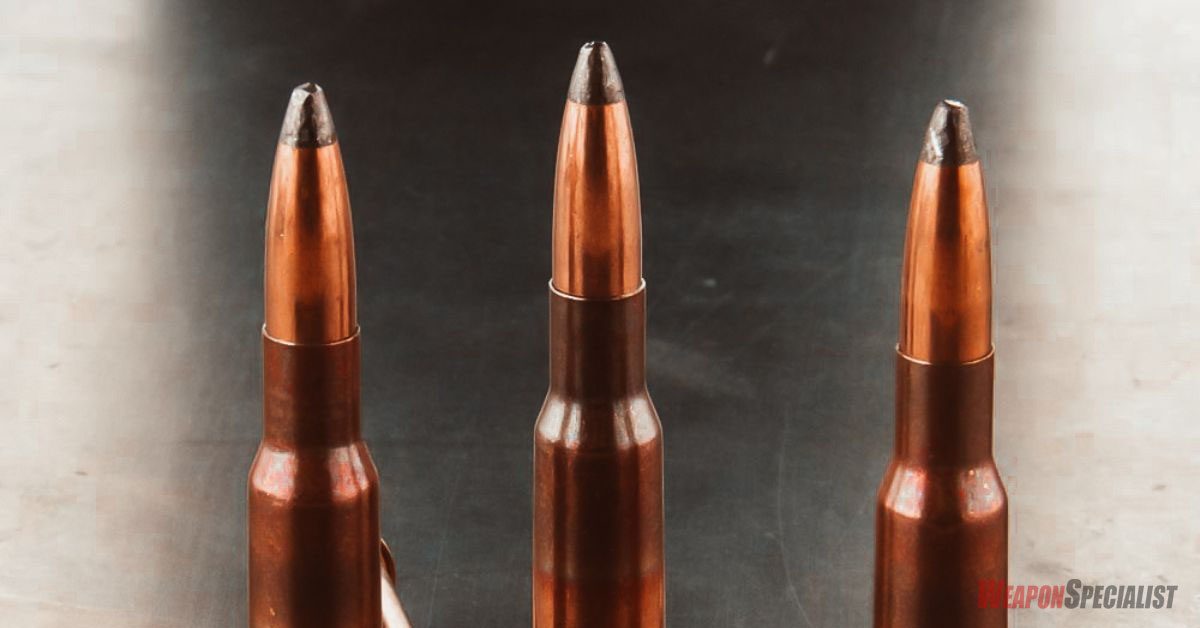
History and Development of 7.62 vs 30-06
The 7.62 and .30-06 cartridges have a rich history and have been used extensively in military and civilian applications. Both cartridges were developed around the same time and have seen action in many conflicts, including World War I and World War II.
7.62x51mm NATO
The 7.62x51mm NATO cartridge was developed in the 1950s as a replacement for the .30-06 cartridge. The goal was to create a cartridge that was more compact and lighter than the .30-06, while still providing comparable ballistics.
The 7.62x51mm NATO was adopted by NATO in 1954 and quickly became the standard cartridge for many countries.
The 7.62x51mm NATO cartridge is still in use today and is a popular choice for military and law enforcement applications. It is also used in civilian hunting and target shooting, due to its excellent accuracy and long-range capabilities.
.30-06 Springfield
The .30-06 Springfield cartridge was developed in the early 1900s and quickly became the standard cartridge for the United States military. It was used extensively in World War I and World War II, and remained in service until the 1950s, when it was replaced by the 7.62x51mm NATO cartridge.
The .30-06 Springfield cartridge is still a popular choice for civilian hunting and target shooting. It is known for its excellent accuracy, long-range capabilities, and ability to take down large game.
Both cartridges have a rich history and have been used extensively in military and civilian applications. While the 7.62x51mm NATO cartridge is more compact and lighter than the .30-06 Springfield, both cartridges are still in use today and are popular choices for hunting, target shooting, and military applications.
Quick 7.62 vs 30-06 Comparison
| Cartridge | 7.62x51mm NATO | .30-06 Springfield |
|---|---|---|
| Bullet Diameter | 7.82 mm (0.308 in) | 7.82 mm (0.308 in) |
| Case Length | 51 mm (2.01 in) | 63.3 mm (2.494 in) |
| Overall Length | 71.12 mm (2.8 in) | 84.84 mm (3.34 in) |
| Maximum Pressure | 415 MPa (60,191 psi) | 405 MPa (58,740 psi) |
| Bullet Weight Range | 9-11 g (139-168 gr) | 7-14 g (110-220 gr) |
| Muzzle Velocity | 750-930 m/s (2,461-3,051 ft/s) | 700-930 m/s (2,300-3,050 ft/s) |
| Typical Rifles | M14, FN FAL, AR-10, SR-25, HK G3 | M1903 Springfield, M1 Garand, BAR, M1917 Enfield |
7.62 vs 30-06 Performance Comparison
When comparing 7.62 vs 30-06 cartridges, it is important to consider their performance in terms of ballistics, accuracy, and stopping power. Each cartridge has its own strengths and weaknesses that should be taken into account when deciding which one to use for a specific purpose.
Ballistics
According to Ammo.com, the 30-06 has a case capacity of 68 grains, while the 7.62 has a case capacity of 64.2 grains. The 30-06 can handle slightly higher pressures at 60,200 psi per SAAMI specs, while the 7.62 is rated for 56,565 psi.
As illustrated in the chart provided by Foundry Outdoors, the 30-06 rounds achieve a higher velocity of about 2820 feet per second (fps) on average, while 7.62 rounds travel at a velocity of 2360 fps.
Accuracy
When it comes to accuracy, the 30-06 is generally considered to be more accurate than the 7.62 due to its longer case length and higher velocity.
However, the accuracy of both cartridges ultimately depends on the specific firearm being used and the skill of the shooter. As noted by Optics Bible, the 30-06 has a longer case than the 7.62, measuring 2.494 inches as opposed to 2.115 inches.
Stopping Power
Stopping power refers to the ability of a bullet to incapacitate a target. Both the 7.62 and the 30-06 have a reputation for excellent stopping power, making them popular choices for hunting and military applications.
According to Nifty Outdoorsman, the 30-06 has more energy at longer ranges, with 400 more foot-pounds at 500 yards than the 7.62. However, the 7.62 has a larger bullet diameter, which can increase its effectiveness against larger game.
7.62 vs 30-06 Applications
Both 7.62 and 30-06 cartridges have been used for a variety of purposes, from military applications to hunting and sporting activities. Here are some of the key applications of these cartridges:
Military Applications
The 7.62 cartridge was developed by the Soviet Union in the early 20th century and was used extensively by the Soviet military during World War II.
It was designed to be used in the Mosin-Nagant rifle and was later adopted by other countries, including China and North Korea. The 7.62 cartridge is known for its accuracy and long-range capabilities, making it a popular choice for snipers and marksmen.
The 30-06 cartridge was developed by the United States in the early 20th century and was used extensively by the US military during World War I and World War II.
It was designed to be used in the M1 Garand rifle and was later adopted by other countries, including Canada and Australia. The 30-06 cartridge is known for its power and versatility, making it a popular choice for infantry and machine gunners.
Hunting and Sporting Applications
The 7.62 cartridge is a popular choice for hunting large game, such as elk and moose. It is also commonly used in sporting activities, such as long-range shooting competitions. The cartridge’s accuracy and long-range capabilities make it a favorite among hunters and marksmen.
The 30-06 cartridge is a versatile choice for hunting a wide range of game, from deer and antelope to bear and elk. It is also commonly used in sporting activities, such as target shooting and competitive shooting. The cartridge’s power and versatility make it a popular choice among hunters and shooters.
Availability and Cost of 7.62 vs 30-06
When it comes to availability and cost, the 7.62x54R has traditionally been cheaper and easier to find due to its military surplus origins. However, as surplus ammo has become less available, the price has gone up.
The 30-06, on the other hand, has a wider variety of ammo available, ranging from inexpensive practice rounds to more expensive hunting or match-grade cartridges.
It is important to note that availability and cost can vary depending on location and current market conditions. It is always a good idea to shop around and compare prices before making a purchase.
Here is a breakdown of the average cost of each cartridge:
| Cartridge | Average Cost per Round |
|---|---|
| 7.62x54R | $0.25 – $1.00 |
| 30-06 | $1.40 – $4.00 |
As you can see, the 7.62x54R is generally cheaper than the 30-06. However, it is important to keep in mind that the quality and performance of the cartridges can vary greatly depending on the manufacturer and type of round.
Ultimately, the availability and cost of each cartridge should not be the only factor to consider when choosing between the 7.62x54R and the 30-06. It is important to also consider factors such as performance, intended use, and personal preference.
FAQs
1. What is the main difference between 7.62x51mm NATO and .30-06 Springfield?
The main differences between the two cartridges are their origins, case dimensions, and historical usage. The 7.62x51mm NATO was developed as a standard rifle cartridge for NATO forces, while the .30-06 Springfield has a longer history and was widely used by the United States military from WWI through the early Cold War era.
2. Which cartridge has better ballistics?
Both cartridges have similar bullet diameters and offer good ballistics, but the .30-06 Springfield generally has a slight edge in terms of velocity and energy. It has a larger case capacity, allowing for the use of heavier bullets and higher muzzle velocities.
3. Which cartridge is more commonly used today?
While the 7.62x51mm NATO is still used by various military and law enforcement agencies worldwide, the .30-06 Springfield is less common in modern military use. However, it remains popular among hunters and sport shooters due to its excellent performance and availability of ammunition.
4. Can these cartridges be used interchangeably in firearms?
No, the cartridges are not interchangeable due to their different case dimensions. Firearm chambers are specifically designed to accommodate a particular cartridge, and using the wrong ammunition can be dangerous. It’s crucial to use the correct ammunition for a given firearm.
5. Are there different loadings available for these cartridges?
Yes, both cartridges have a wide range of loadings available. Manufacturers offer various bullet weights, types, and velocities to suit different purposes such as target shooting, hunting, or self-defense. It’s important to select the appropriate load for your specific application.
6. Which cartridge is better for hunting?
Both the 7.62x51mm NATO and .30-06 Springfield are capable hunting cartridges. The .30-06 Springfield, with its larger case capacity, can deliver slightly higher muzzle velocities and energy, making it suitable for larger game and longer distances. However, the 7.62x51mm NATO can still be effective for hunting medium-sized game.
7. Can you shoot 7.62×51 in a 30-06?
No, you cannot shoot 7.62x51mm ammunition in a firearm chambered for .30-06 Springfield. These are two different cartridges with different dimensions, pressures, and ballistic characteristics.
8. What is a 30-06 equivalent to?
The .30-06 Springfield, often simply referred to as “30-06,” is a powerful and versatile rifle cartridge that has been widely used for over a century. It was first introduced in 1906 for the iconic Springfield M1903 rifle and later became one of the standard military cartridges for the United States.
The .30-06 Springfield cartridge is equivalent to the 7.62x63mm in metric measurements. The “30” in its name refers to the bullet diameter in inches (0.30 inches), and the “06” indicates the year of its adoption, 1906.
Conclusion
The 7.62 vs 30-06 are both iconic rifle cartridges that have been used for many years. Both cartridges have their strengths and weaknesses, and which one is better depends on the specific use case.
For long-range shooting, the 30-06 is generally the better choice due to its higher muzzle velocity and flatter trajectory. However, for hunting large game, the 7.62 may be a better choice due to its larger bullet diameter and higher energy transfer upon impact.
When it comes to availability, the 30-06 is more widely available than the 7.62. This is because the 30-06 has been used by the military and civilians for many years, and therefore has a larger following and more ammunition options.
Overall, both cartridges are capable of getting the job done, and the choice between them ultimately comes down to personal preference and the specific use case.
Last Updated on November 21, 2023 by
